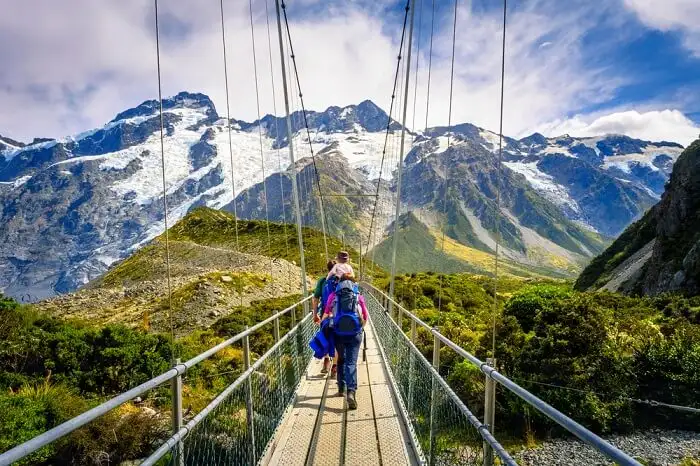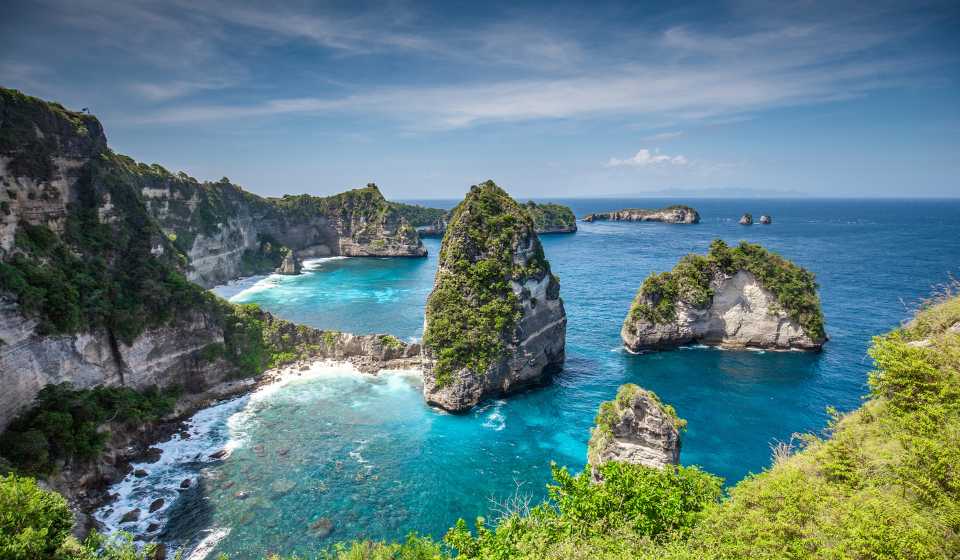Mountains have always held a magnetic allure for adventurers, nature enthusiasts, and those seeking a deeper connection with the world around them. The towering peaks, dramatic landscapes, and the sense of accomplishment that comes with standing atop a summit make mountain exploration a timeless pursuit. From the snow-capped Himalayas to the rocky ridges of the Andes, the world’s mountain ranges offer some of the most awe-inspiring experiences on Earth. If you’ve ever dreamed of chasing summits, here’s your ultimate guide to exploring some of the world’s most majestic mountains.
1. Why Climb Mountains?
Before diving into specific peaks, it’s worth reflecting on why so many people are drawn to mountains in the first place. For some, it’s the physical challenge, the thrill of pushing your body to its limits and beyond. For others, it’s the mental clarity and peace that comes with being high above the everyday hustle. There’s something undeniably humbling about being surrounded by such grandeur—mountains remind us of nature’s raw power and beauty, far beyond human control.
Whether you’re an experienced mountaineer or a novice trekker, the experience of summiting a mountain offers a profound sense of achievement. It’s about more than just the destination; the journey itself—through rugged terrain, unpredictable weather, and varying altitudes—teaches patience, resilience, and adaptability.
2. The Himalayas: The Roof of the World
Undoubtedly one of the most famous mountain ranges, the Himalayas stretch across five countries—India, Nepal, Bhutan, China, and Pakistan—and contain some of the tallest peaks on the planet, including Mount Everest, the highest mountain in the world. The allure of the Himalayas lies in their awe-inspiring scale and their deep cultural and spiritual significance.
Trekking to Everest Base Camp (EBC) is one of the most iconic adventures for those who wish to experience the Himalayas without the technical challenges of summiting Everest itself. This trek provides hikers with the opportunity to see some of the highest peaks in the world up close while immersing themselves in the Sherpa culture and Buddhist traditions.
For the more experienced climbers, summiting Mount Everest is the ultimate goal, but it’s not an endeavor to be taken lightly. With extreme altitudes, treacherous weather, and technical climbing required, Everest demands serious preparation and skill. However, the sense of standing at the top of the world is something few will ever forget.
3. The Andes: A Mountain Range of Contrasts
The Andes stretch over 7,000 kilometers along the western edge of South America, making them the longest mountain range in the world. From the tropical regions of Colombia to the arid deserts of Chile, the Andes offer a range of climates and landscapes, from dense rainforests to vast salt flats and snow-capped volcanoes.
For many, trekking through the Andes begins with the iconic Inca Trail to Machu Picchu, Peru. The trail offers a mix of ancient ruins, diverse ecosystems, and panoramic views, ending at the mysterious and world-famous Inca citadel. For those looking to explore higher altitudes, summiting Aconcagua, Argentina’s highest peak and the highest in the Americas, is a coveted challenge. Standing at 6,959 meters (22,831 feet), Aconcagua offers a non-technical climb compared to other peaks of similar altitude, but it is still a formidable ascent that requires careful acclimatization.
4. The Alps: The Heart of Europe’s Mountaineering Legacy
If you’re looking for a place to experience world-class alpine climbing or simply enjoy stunning vistas without needing to trek through extreme altitudes, the Alps are your perfect destination. The Alps, stretching across eight European countries, are home to some of the most iconic mountains in the world, including the Matterhorn and Mont Blanc.
Mont Blanc, at 4,810 meters (15,781 feet), is one of Europe’s highest and most famous mountains. Whether you’re interested in skiing, climbing, or simply hiking, Mont Blanc offers something for everyone. The area around the mountain has a long history of mountaineering, and many climbers come to challenge themselves by summiting Mont Blanc or taking on surrounding peaks.
For those new to alpine climbing, there are also plenty of accessible routes and guided climbs. The scenic beauty of the Alps, combined with rich culture and charming villages like Chamonix, makes this range a must-visit for mountain lovers.
5. The Rocky Mountains: Wild Beauty in North America
Stretching from Canada through the United States, the Rocky Mountains are known for their rugged terrain, diverse wildlife, and striking natural beauty. The Rockies are a favorite for both beginner and advanced climbers, with peaks like Mount Elbert (4,401 meters / 14,440 feet) offering accessible challenges for those seeking their first summit, while others, like Longs Peak (4,346 meters / 14,259 feet), present more demanding ascents.
The Rockies are also home to some of North America’s most famous national parks, including Banff and Jasper in Canada and Colorado’s Rocky Mountain National Park. These areas provide opportunities for hiking, skiing, and mountaineering, all while offering breathtaking views of glaciers, alpine lakes, and towering ridgelines.
6. The Dolomites: Italy’s Alpine Wonderland
The Dolomites in northern Italy offer a unique blend of alpine adventure and Mediterranean culture. With their striking, jagged peaks and dramatic cliffs, the Dolomites are a UNESCO World Heritage site and a popular destination for both hikers and climbers. The region is known for its via ferrata routes—fixed climbing paths that allow climbers of various abilities to explore vertical landscapes safely.
Beyond the mountains themselves, the Dolomites are a place where Italian culture, food, and history come to life, offering travelers a delightful blend of outdoor adventure and relaxation in charming alpine towns like Cortina d’Ampezzo.
7. Preparation and Safety: The Key to Successful Mountain Exploration
No matter where your mountain journey takes you, preparation is key. High-altitude mountaineering requires serious training, the right gear, and a solid understanding of mountain safety. Climbers should always check weather conditions, be mindful of altitude sickness, and consider hiring a local guide or joining an organized expedition for more technical climbs.
Make sure to pack appropriately for varying weather conditions, carry sufficient water, and take into account the physical demands of the climb. Respect for the environment and local communities is also essential—many mountain areas are ecologically sensitive and culturally significant, so travelers should always aim to minimize their impact.
Final Thoughts
Chasing summits is more than a physical challenge; it’s a journey into the heart of nature’s most majestic creations. Whether you’re standing at the base of the towering Himalayas or gazing up at the jagged peaks of the Dolomites, each mountain offers a unique experience that will stay with you long after you’ve returned to solid ground. As you prepare to explore these incredible landscapes, remember that the journey itself—both personal and physical—is as rewarding as reaching the summit.





